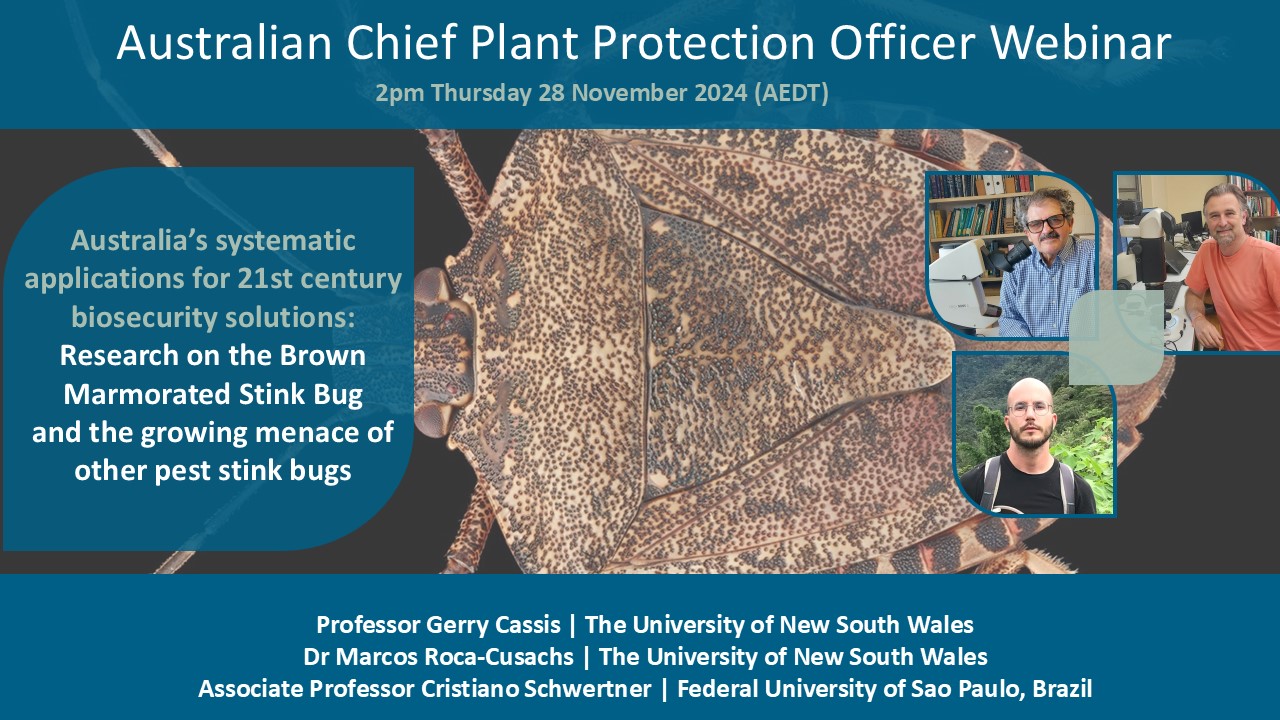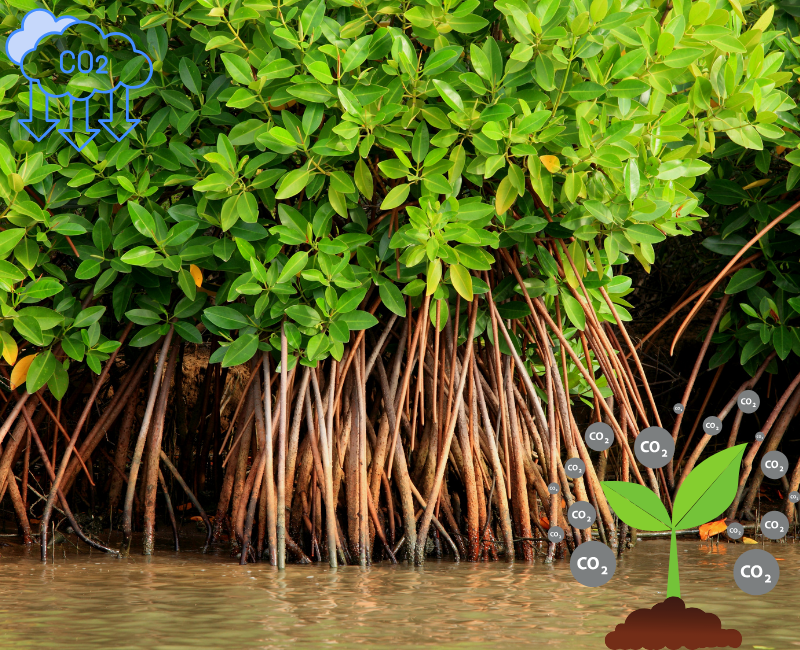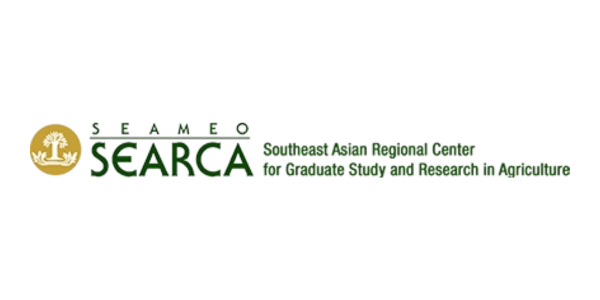The Australian Chief Plant Protection Officer is pleased to announce the upcoming webinar on ‘Research on the brown marmorated stink bug and the growing menace of other pest stink bugs’.
When: Thursday 28 November 2024, 2pm (AEDT)
Chair: Dr Gabrielle Vivian-Smith, ACPPO
Presenters:
- Professor Gerry Cassis and Dr Marcos Roca-Cusachs (The University of New South Wales)
- Associate Professor Cristiano Schwertner (Federal University of Sao Paulo, Brazil)
In this webinar, the presenters will discuss research into the Brown Marmorated Stink Bug (BMSB) (Halyomorpha halys).
The Brown Marmorated Stink Bug has been one of the most invasive insects worldwide over the past 25 years. Despite its notoriety, the taxonomy of the species is vexed like few others. Historical collections, the literature and public-facing DNA sequences are replete with either misidentifications, lack of a diagnostic protocol (including the current shortfalls in accurately discriminating females from congeners), lost types and specimen rarity, as well as few stink bug specialists.
Professor Cassis leads a team from Brazil, Czechia, India, Spain and the USA on solving the taxon boundaries and relationships of the core Halyomorpha complex, and allied taxa in the stink bug tribe Cappaeini. This team is using a combination of morphological, phylogenomic, integrated taxonomy and micro-CT methods. In this presentation they cover their research findings to date, that includes breakthroughs in the classification of Halyomorpha halys, from species to higher taxonomic levels. They illustrate that their approach will enhance rapid diagnostics, underpinned by the following intrinsic data: (1) type-verified identification of voucher specimens; (2) barcode and phylogenomic sequences; (3) polythetic morphological diagnosis; and, (4) illustrated identification keys.
This work is also backed up with exhaustive research on locating and studying type material. These data are coupled with documentation of host plants and distribution that are needed for identifying future threats to commodity crops in our region and ring fencing Australia from future BMSB incursions. They will also present current challenges of identifying other high risk stink bug species that are either being intercepted by the Department of Agriculture Forestry and Fisheries or are emerging invasive species in other parts of the world.
The team will highlight examples, including species of the genera Euschistus and Diceraeus, which are emerging pests of soybeans in North and South America. They will conclude with how their systematics framework is a nexus between research and frontline diagnostics and will address the ongoing gap in adequate species identifications, and how they are using the whole taxonomic hierarchy to fast-track solutions.
_________________________________________________________________________________________________________________
Microsoft Teams Need help?
Meeting ID: 449 446 357 515
Passcode: 3vSSdS
Join on a video conferencing device
Tenant key: 597361658@t.plcm.vc
Video ID: 138 711 738 6
For organizers: Meeting options
_________________________________________________________________________________________________________________
-
April 20, 2025 Mangrove Sustainability Workshop on Blue Carbon Economy from the Viewpoint of Taiwan and Southern Asia CountriesRegistration Now Open!We are pleased to invite you to the Mangrove Sustainability Workshop on the Blue Carbon Economy,...
-
April 11, 2025 FAO Global Agrifood Biotechnologies Conference 2025Biotechnologies for a Sustainable Future: Driving Agrifood Systems Transformation📍 FAO Headquarters, Rome, Italy 🗓️ 16–18 June 2025As part of...
-
April 11, 2025 AARINENA Launches Olive Innovation Platform to Transform the Olive IndustryWith the support of FAO, AARINENA has launched the Olive Innovation Platform (https://olive.aarinena.org) – a forward-thinking digital hub...
-
April 7, 2025 SEARCA Announces Regional Training Programs and International Conference for 2025The Southeast Asian Regional Center for Graduate Study and Research in Agriculture (SEARCA) is pleased to announce the...
-
March 9, 2025 Press Release: Advancing Phytosanitary Compliance for Safer Trade: ePhyto Capacity-Building Workshop in Viet Nam Under STDF ProjectBangkok, Thailand, March 09, 2025 - A capacity building workshop for Viet Nam on electronic phytosanitary certificates was...
-
March 6, 2025 APAARI Strengthens Agricultural Partnerships in Bangladesh: Key Meeting at BARCDate: 11 February 2025Venue: BARC Meeting RoomAPAARI successfully held a high-level meeting with key stakeholders from major agricultural...






